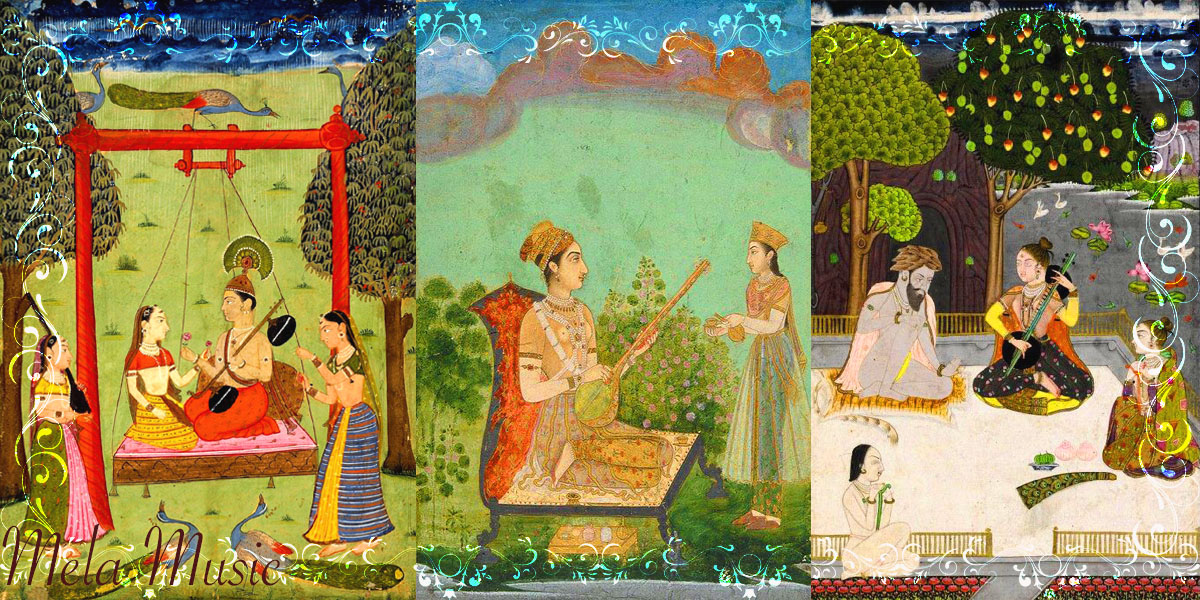
Meerkhand, also known as Khandamaeru, is a significant concept in Indian classical music. It represents the modern name for the ancient method ‘Prastara.’ This method involves the systematic summation of taans or vistars, based on mathematical permutations and combinations within the framework of a raga. Meerkhand serves as a valuable tool for understanding the serial order of taans and the nature of the musical notes employed.
Here are some key aspects and insights into Meerkhand:
1. Mathematical Precision: Meerkhand is rooted in mathematical principles, particularly permutations and combinations. It involves the arithmetical arrangement of the seven notes (saptak) in a raga, considering all possible combinations and sequences. This mathematical approach aids in organizing and cataloging the vast repertoire of taans and vistars in Indian classical music.
2. Serial Number and Note Nature: Meerkhand helps in assigning a specific serial number to each taan or vistar and provides insights into the nature of the musical notes within them. This allows musicians and scholars to categorize, identify, and analyze different compositions and improvisations more systematically.
3. Comprehensive Exploration: The method of Meerkhand encompasses all conceivable permutations and combinations of the seven-note Indian scale. Remarkably, it yields a total of 5040 unique combinations. This comprehensive exploration illustrates the immense creative possibilities within the framework of Indian classical music. Although, it should be noted this does not account for rests and pauses and that is factored in the yield would be significantly more.
4. Historical Significance: The concept of Meerkhand has historical significance in the evolution of Indian classical music. It reflects the systematic and structured approach that musicians and scholars have employed to document and understand the intricate patterns and variations of taans and vistars.
5. Learning and Analysis: Meerkhand is a valuable tool for music students, teachers, and researchers. It assists in the analysis of compositions, aids in music pedagogy, and enables a deeper understanding of the nuances and intricacies of ragas.
6. Artistic Exploration: Musicians use Meerkhand not only for analysis but also as a source of inspiration. It encourages artistic exploration and innovation within the established framework of ragas, leading to the creation of new and unique compositions and improvisations.
In summary, Meerkhand, or Khandamaeru, is a methodical and mathematical approach to organizing and understanding the permutations and combinations of taans and vistars in Indian classical music. It plays a vital role in preserving and elucidating the rich heritage of this musical tradition while inspiring further creativity and exploration among musicians and scholars.
Content Provided By: Sangeetpedia
